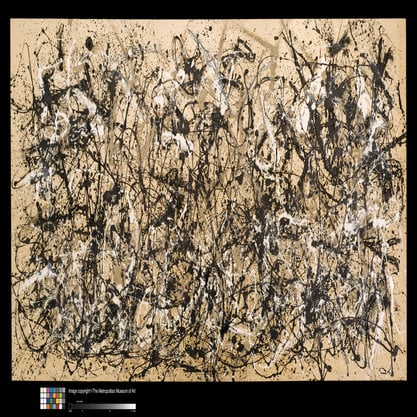Article
Seven and Five Society By Fowler, Alan
Article
The painter Ivon Hitchens (1893–1979) led the founding of the Seven & Five Society in London in 1919, primarily as an exhibiting society for its original membership of seven painters and five sculptors. By 1926 the membership grew to 20 and by the time of the last of its 14 exhibitions in 1935, 87 artists had taken part in its shows. In its early years the Society eschewed the promotion of any particular approach to art and was open to artists of all styles. In 1924, however, Hitchens invited Ben Nicholson to join and under Nicholson’s later chairmanship the character of the Society changed. After a period in which a modern but varied approach to representational art was encouraged, Nicholson won a vote which restricted exhibition entries to non-figurative abstract works. The result was the break-up of the Society, though not before its final exhibition which included abstract works by Nicholson, Barbara Hepworth, Henry Moore, and John Piper; this was the first all-abstract exhibition ever to be held in London.


